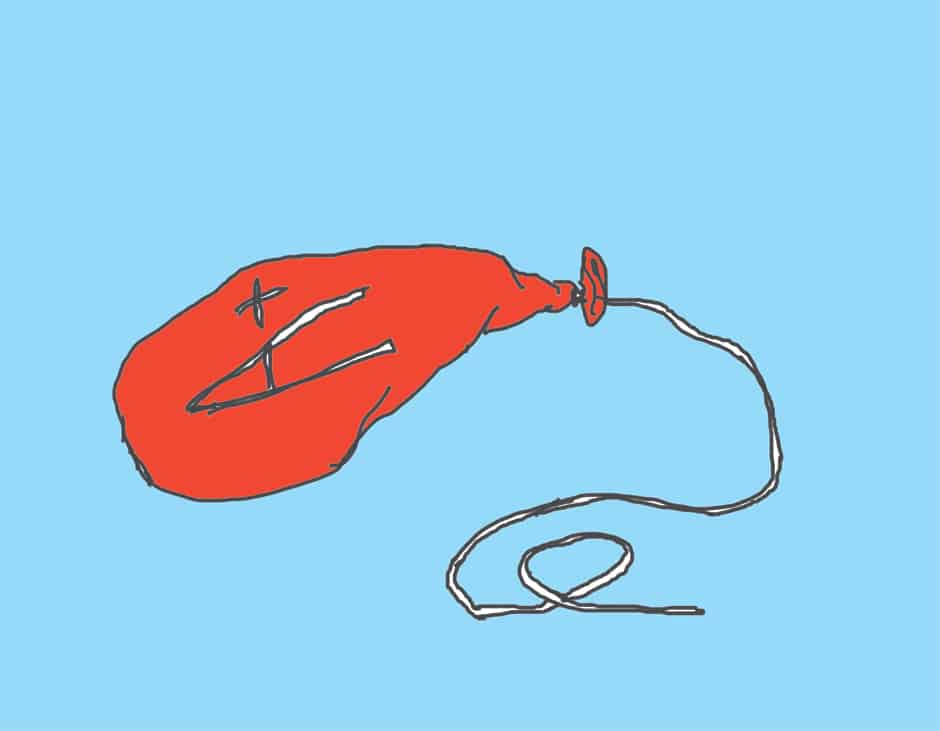A list compiled by the University of Waterloo of Ontario high schools that tend to inflate their students averages was recently released to Global News last week through a freedom of information request. Waterloo compared students’ entrance marks with how they measured up in the first-year engineering programs to calculate the average grade deflation of graduates from different Ontario high schools. The university says it now uses the list to apply an “adjustment factor” to entrance grades.
The publication of the list puts into the spotlight the various issues that come along with grade inflation at high schools. On the one hand, grade inflation clearly disadvantages students who are forced to compete against applicants with artificially boosted averages. On the other hand, those who gain from inflated grades are, in reality, ill-equipped for their programs in university in the long-run. In my experience, this is certainly true at U of T, where first-year grades can often bring about feelings of inadequacy as they drop far below the standards students once achieved in high school.
A facet of the Waterloo list that appears to be overlooked is the clear distinction in the schools featured in terms of private and public funding. On average, first-year students from Ontario high schools see their marks drop 16 per cent in Waterloo’s engineering program. Yet private schools are overrepresented in the ranks of schools whose graduates face higher-than-average grade deflation. Almost two-thirds of Waterloo’s list are actually schools whose graduates do better than the average 16 per cent drop, but 80 per cent of private schools on the list fall into the third of schools whose graduates’ marks face above-average drops.
This disproportion should bring about critical discussions regarding why private schools are on the list at all. Quite simply, for high schools to justify charging substantial tuition fees, their graduates must be doing better than average in postsecondary education, and not experiencing such substantial drops. While it is hard to extrapolate beyond the given context of Waterloo’s engineering program, the representation of private schools on the list calls into question whether there are high schools in Ontario where grades are bought, rather than earned.
A 2011 investigation by the Toronto Star sheds light on this issue, when reporter Jennifer Yang went undercover as a student at a private high school. Yang described how her teacher, unaware that Yang was a journalist undercover, arbitrarily raised her grade by almost 25 per cent, while allowing other students to retake tests they had failed — this time open book.
A section of the Ontario Ministry of Education’s website, updated in 2013, says that “in response to concerns regarding credit integrity, the ministry has introduced an enhanced inspection training program.” But a 2015 study found that Ontario has the fewest regulations for private schools among Canadian provinces.
Low-income students already face many challenges to achieving high grades and pursuing higher education, from underfunded high schools to the need to devote time and energy to part-time work outside their studies and family responsibilities. A list that suggests that some private schools inflate their students’ averages can then be a bitter pill for those who work hard to achieve modest marks at publicly funded institutions. This is not to say that grade inflation is a problem for private schools alone; in fact the majority of the schools tracked by Waterloo are public schools.
It may be the case that grade inflation is ubiquitous. However, when schools at the top of Waterloo’s list charge $1,800 per course, and others more than $20,000 per year, it adds insult to injury. Not only are students and their families paying tens of thousands of dollars per year for private high schools, only to have their grades drop 25 per cent in their first year at university, other students who do not have access to these schools may be losing out in admissions processes for universities who do not apply adjustment factors like Waterloo.
The bottom line is that the students suffer most from the practice of artificially increased averages; not only are they not getting the education they deserve, but they are entering university programs that they are potentially ill-suited for. This can take a dangerous toll on students’ mental health when they enter their first year, and compound the symptoms of imposter syndrome that university freshmen already experience.
But the implications for private schools are greater. Grade inflation at private schools calls into question both the quality of education received for the hefty price tag, and the possibility that good grades are for sale to those who can afford them. Not all private schools are created equal, and generalizing or vilifying them all will not provide answers to these questions. It is time to go beyond acknowledging the proximal dangers of grade inflation and take a deeper look at how this practice could be magnifying larger inequities.
Amelia Eaton is a second-year Political Science and Ethics, Society, and Law student at Woodsworth College.


